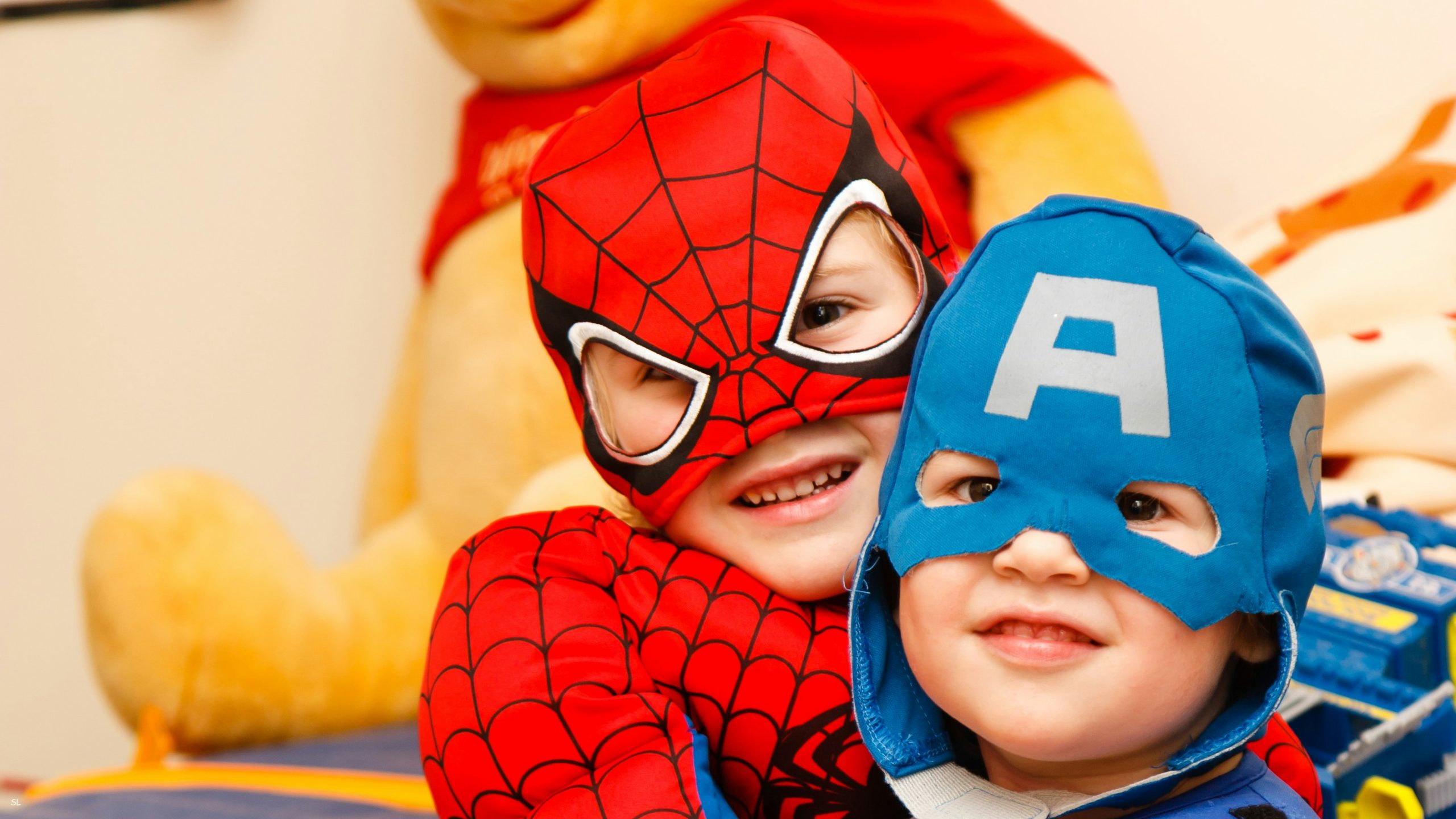Designing a bedroom for your child is an exciting task. It’s not just about creating a space where they can rest; it’s about crafting an environment that stimulates creativity, learning, and comfort. This guide will explore various design ideas that can make your child’s bedroom a delightful and functional space, tailored to their evolving tastes and needs.
Table of Contents
1. Theme-Based Design
A theme-based design can turn a regular bedroom into a world of imagination for a child. Whether your child is interested in space, fairy tales, jungles, or the ocean, incorporating these themes into the room’s decor can make it a magical place. Use themed wallpaper, bed linens, and decorative items to bring the theme to life.
2. Functional Furniture
As children grow, their needs change rapidly. Opt for furniture that can adapt to these changes. Convertible cribs that turn into toddler beds, desks with adjustable heights, and storage units with removable bins are excellent choices. Such multifunctional furniture not only saves money in the long run but also adapts to the child’s development stages.
3. Creative Wall Displays
Children love to express themselves, and what better way than through art? A picture rail hanging system allows for a dynamic display of your child’s artwork, photographs, or even educational posters. This system is not only practical for changing displays as your child grows but also adds a touch of sophistication to the room.
4. Play Areas
Dedicate a section of the room for play. This area can be equipped with open shelves for easy access to toys, a comfortable rug for floor play, and a small table for arts and crafts. It’s important to create a space that encourages your child to explore, imagine, and create.
5. Study Space
As your child begins school, a dedicated study area becomes essential. Ensure there is a comfortable desk and chair, ample lighting, and organized storage for school supplies. A well-designed study space can enhance focus and make learning more enjoyable for your child.
6. Color Palette
Colors play a significant role in setting the mood of a room. While it’s tempting to go for bright, bold colors for a child’s room, softer hues can be more soothing and conducive to rest. You can add pops of color through accessories and artwork. For more information on choosing the right color palette for your child’s room, this article provides great insights.
7. Safety First
Safety should always be a priority in a child’s bedroom. Ensure all furniture is sturdy and anchored if necessary, use cordless window treatments, and keep small objects out of reach. It’s also important to choose non-toxic paints and finishes, especially for younger children who are more prone to putting things in their mouths.

8. Personal Touches
Personalizing your child’s room can make it feel more special. This can include framed photographs, handprints on a canvas, or custom name signs. Encourage your child to participate in the decoration process. Their involvement will make them feel more connected to their space.
9. Maximizing Space
For those with limited space, there are many creative ways to maximize the area. Loft beds with desks or play areas underneath can be great space-savers. Wall-mounted shelves and hooks can also help keep the room organized without taking up floor space.
10. Inspirational and Educational Elements
Incorporate elements that inspire and educate. This could be a world map wallpaper, a solar system mobile, or alphabet art. These elements not only decorate the room but also serve as educational tools.
Conclusion
Your child’s bedroom should be a reflection of their personality and a space that grows with them. It should be comfortable, functional, and, most importantly, a space where they feel safe and happy. For additional ideas and inspiration, MyKidsRoomDesigns.com offers a wealth of resources on children’s room decor. Remember, the best designs are those that adapt to your child’s changing needs while sparking their imagination and creativity.

